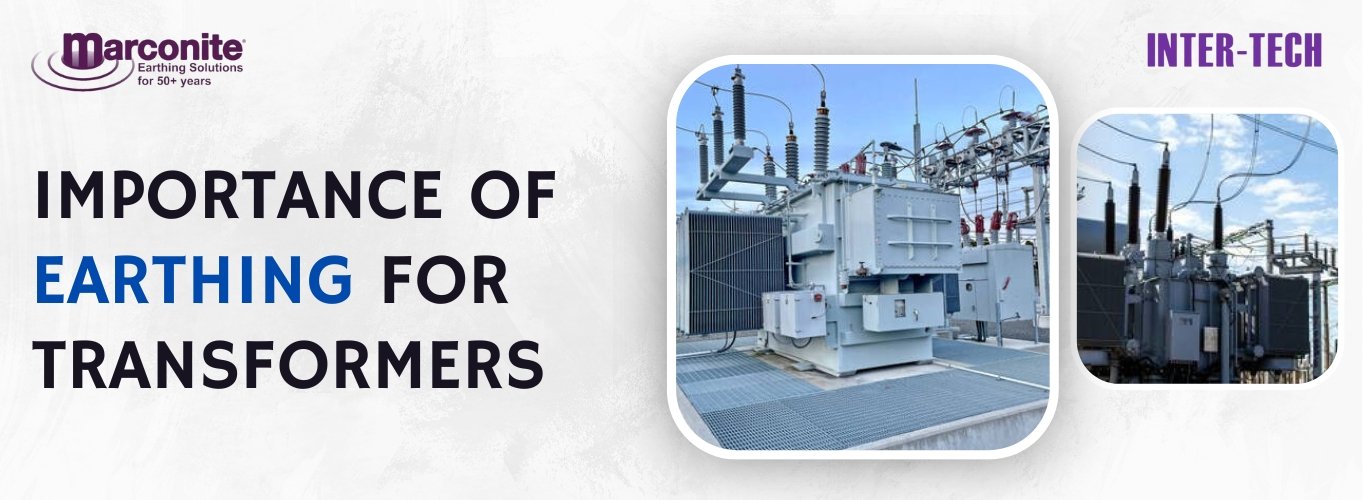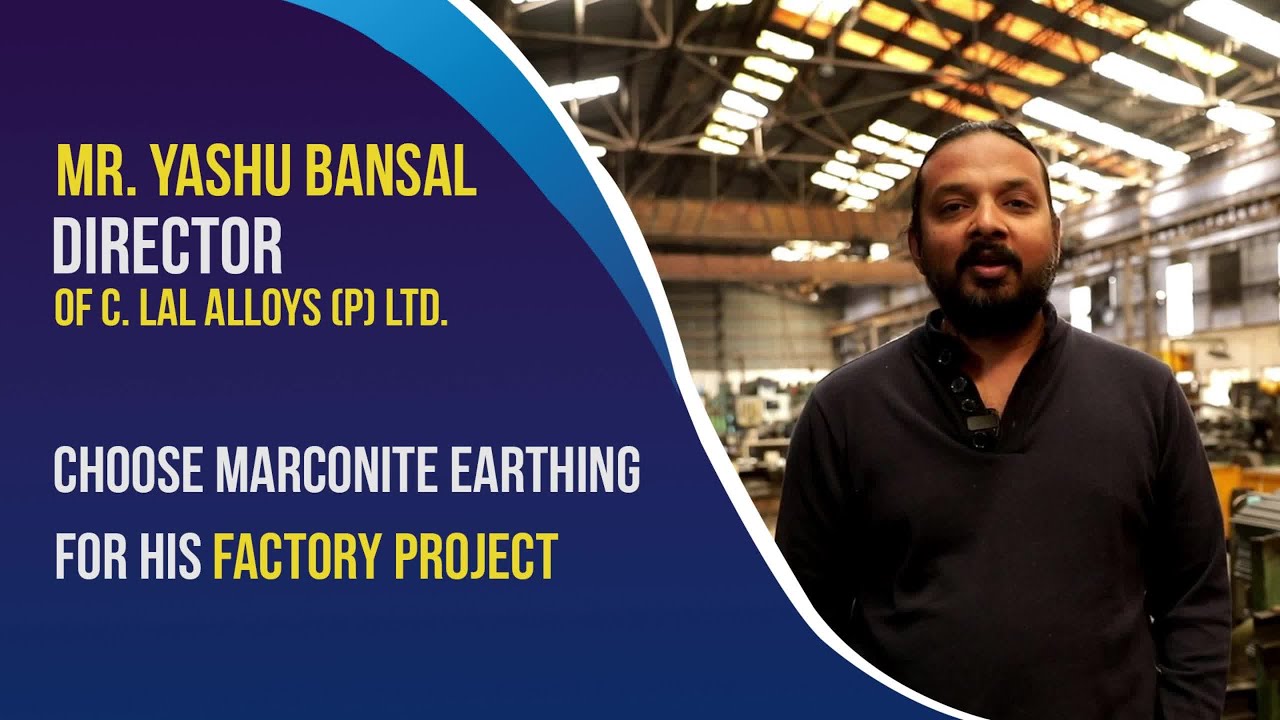Transformer Earthing for Safety & Efficiency
Transformers are one of the key components in any electrical power system and help in the safe and consistent delivery of electricity. However, its efficiency and safety largely depend on one important factor, which is earthing. Without an appropriate transformer earthing system, the transformers could suffer from operational efficiency issues, damage, or even catastrophic failure.
What is Earthing?
Earthing is the process of connecting an electrical system or equipment to the earth’s surface via a properly installed low resistant path. This assures safe fault currents and for both equipment and personnel, safety is assured. For the transformer, earthing in transformer reduces the risks of high voltage surges, insulation failures, and unexpected faults.
Thus, we understand better the transformer earthing system’s role in the electrical system’s reliability. Transformers, as a result of their high energy load, require very strong earthing systems to handle surges and transformer earthing fault conditions.
Importance of Earthing in Transformers
Proper earthing is crucial for the safe operation of transformers for several reasons:
Protection Against Electrical Faults
Short circuits create a path for excessive currents to flow through transformers. It is critical that the earthing transformer or grounding system is designed correctly for the short circuit currents to be safely dissipated into the earth. Without such measures, transformers and associated equipment would be damaged, and extreme accidents would occur. Transformer earth fault protection becomes essential in such scenarios.
Voltage Stabilization
Differences in voltage levels may lead to the equipment being damaged and not operating effectively. The earthing stabilizes the level of the transformer.
The earthing system helps reduce the risk of electric shock to personnel who work near transformers because it provides a safe path for fault currents.
Reduction of Electrical Noise
Improper grounding increases the chance of high-frequency interference, therefore, transformers must be correctly grounded. Proper earthing in transformer reduces electrical noise, thus increasing the overall reliability of the power system.
Compliance with Regulations
All safety standards for transformers require proper earthing to be applied. Compliance with the standards is not only a safety measure, but also avoids financial liabilities and legal issues.
Types of Transformer Earthing
Different types of earth electrodes transformers use span numerous varieties. While many serve specific use cases in a given configuration, the most common techniques include the following:
Plate Earthing
This is where a metal plate, often made of copper or galvanized iron, is placed in the earth and linked to the transformer. While effective, this approach is inconvenient due to the space and maintenance it demands.
Pipe Earthing
This approach is more affordable, as it uses a galvanized iron pipe, which is placed vertically and connected to the transformer. This Pipe earthing method is widely adopted in areas with high soil conductivity.
Chemical Earthing
This is the latest method of earthing, which uses a mix of materials to augment the earth’s conductivity in the vicinity of the earth electrode. Chemical earthing is a uniform process and reduces maintenance work in comparison to other conventional methods.
Strip or Wire Earthing
Strip or Wire Earthing connects the transformer to the earth with a copper or aluminum strip or wire. This method is common in industrial settings.
Each of these has its own advantages and is done considering soil resistivity, space, and the critical nature of the transformer’s installation. The transformer body earthing technique used is selected based on technical and safety requirements.
Problems with Conventional Earthing Arrangements
Though approaches such as plate earthing and pipe earthing have been widely in use, they have the following disadvantages:
- Difficulty in Maintenance: Conventional earthing systems need to be checked often and maintained for optimal performance.
- Space Requirements: Conventional earthing systems take up too much space for installation.
- Performance Variability: Performance may be different for all conventional earthing systems due to soil resistivity and other environmental factors.
Why Marconite Earthing is the Best Solution for Transformers
These constraints have made Marconite earthing a much better option for transformers. Marconite is a conductor and does provide critical performance. Marconite does provide performance as it does not fail under any given situations.
Benefits of Marconite Earthing System:
- Marconite earthing systems provide low-resistance earthing which provides superior conductivity and effective fault current discharge. This helps in maintaining ideal transformer earthing resistance value even in poor soil conditions.
- Space-saving Design: Unlike conventional methods, Marconite earthing takes up much less space.
- Low maintenance: When the Marconite earthing system is installed, it ensures long-lasting performance while minimizing long-term operational costs.
Marconite is non-toxic and environmentally friendly, and it promotes sustainable practices.
Using a Marconite earthing transformer system ensures the safety, reliability, and operational efficiency of the transformer while rectifying the inadequacies of conventional approaches.
Conclusion
A properly designed transformer earthing system is essential for safety and efficient operation of transformers. While older methods such as plate earthing and pipe earthing still have their place, they can benefit from modern advances like Marconite earthing. Doing this enhances not only the safety of the transformers but the entire electrical system’s reliability as well. When dealing with high-voltage transformers such as 33kV earthing transformer units, maintaining a correct earthing value for transformer becomes even more critical.






